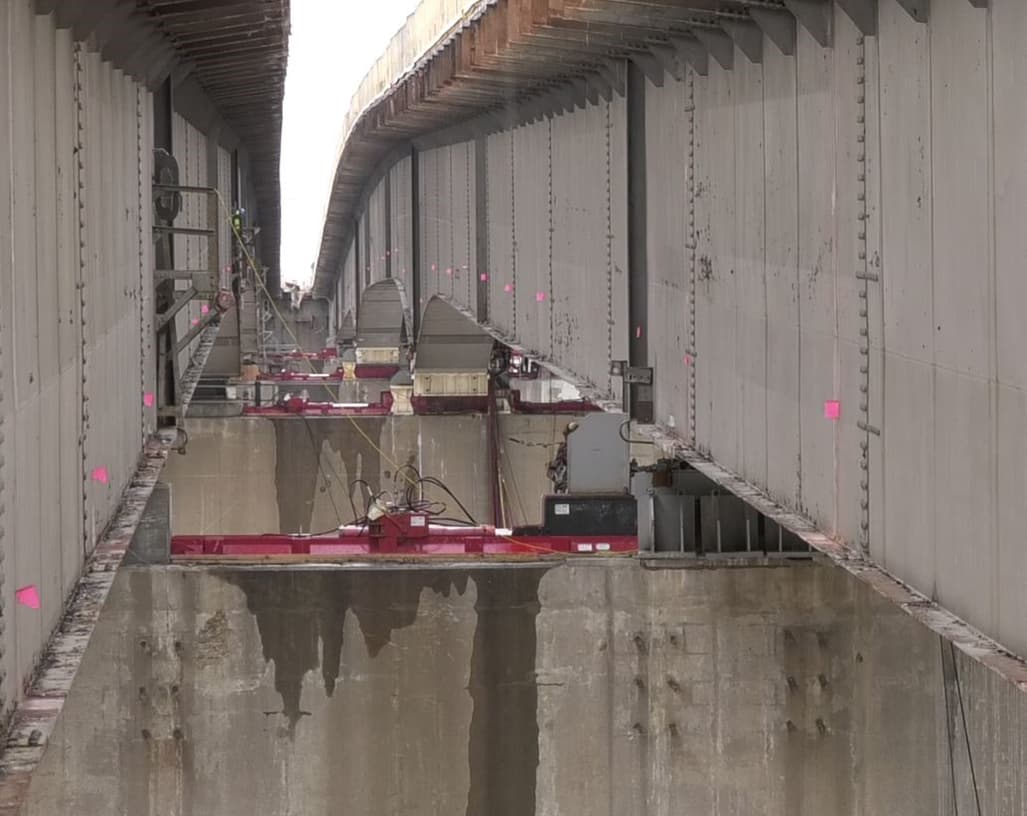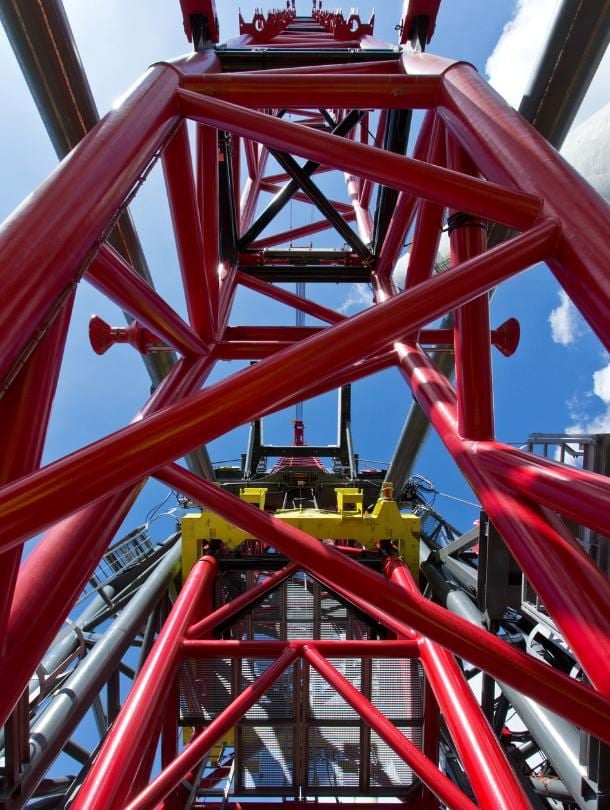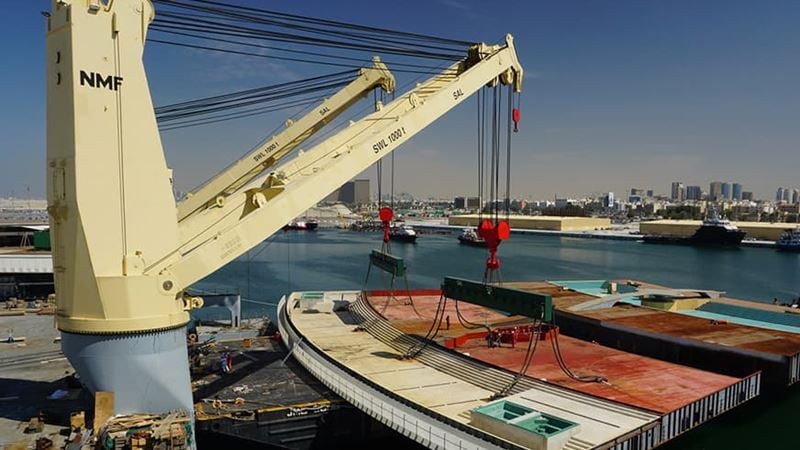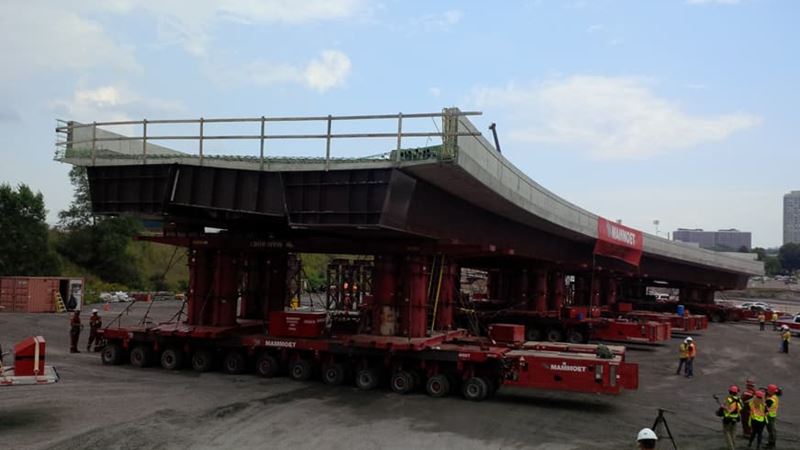
Sector:
Civil Engineering
Expertise:
Heavy lifting
Skidding
Benefits:
Reduced disruption
Parallel operations
Protected infrastructure
Location:
United States
Setting the foundation to reduce travel congestion, while minimizing disruption to commuters.
Mammoet recently completed the second-largest bridge slide in US history on the Poplar Street Bridge, which connects St. Louis, Missouri, and East St. Louis, Illinois.
The move will make way for a fifth eastbound travel lane, which will be added to the bridge to allow for increased travel capacity. This feat was achieved by successfully jacking two four-lane continuous bridge spans, each roughly 660 meters long and weighing in at 9,250 metric tons, and sliding the eastbound lanes a total distance of 2.7 meters to the south.
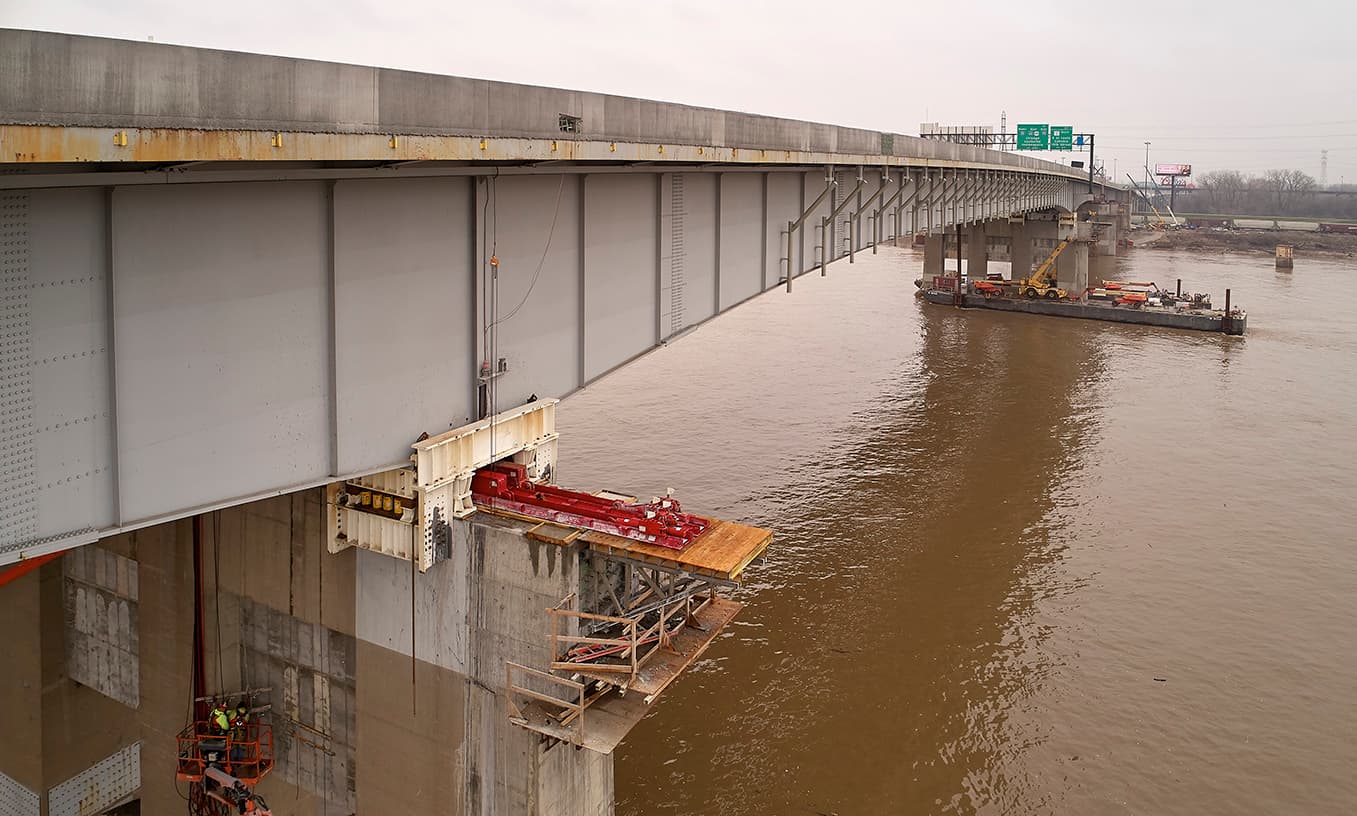
Shutting the bridge down for extended periods of time was not an option for this commuter critical span. Mammoet worked with its client to devise a system of 32 computer-controlled jacks and a removable jacking frame that would allow the bridge to be lifted free from the original bearings it had been resting on since 1967. The bridge was lifted from the pier one section at a time; and because it was only slightly lifted, it did not affect the traffic continually flowing overhead. The westbound lanes were retrofitted with new and improved seismic bearings while the eastbound lanes had the bearings removed and replaced using a Mammoet Heavy Skid System.
Once traffic on the eastbound lane had been closed for the day, Mammoet began the skidding process which was successfully completed in less than 6 hours. Since this was the only absolute lane closure necessary to complete the job, there was minimal disruption to commuters in the area. The jack-and-slide method also proved to be the most cost-effective approach which even made the bridge stronger by connecting the two spans which were originally divided by a narrow gap.
